Innovative Techniques in Well Cementing
Well cementing is a vital process in oil and gas well construction, providing zonal isolation, structural integrity, and protection of well casings. With evolving challenges such as deeper wells, harsher environments, and stricter regulations, innovative techniques in well cementing are transforming the industry. These advancements focus on improving cement durability, placement accuracy, and real-time monitoring to enhance the overall effectiveness of well cementing.
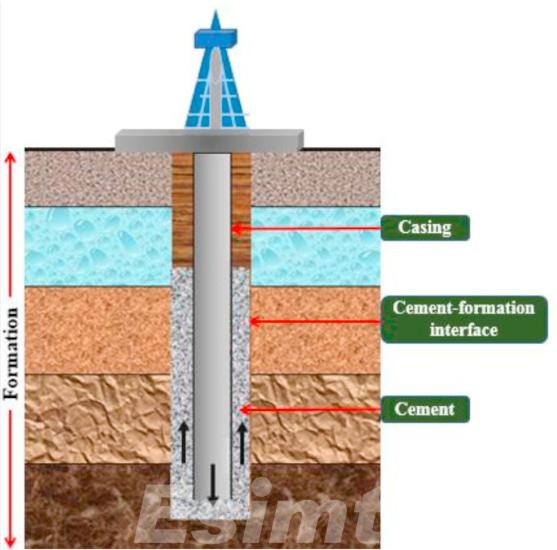
Understanding Well Cementing
Well cementing involves pumping cement slurry into the space between the wellbore and the casing to secure the well structure. It serves multiple purposes, including providing structural support, sealing off zones to prevent fluid migration, and ensuring well integrity over the life of the well. Proper cementing is essential to maintaining safe and efficient drilling operations, protecting groundwater, and achieving long-term production success.
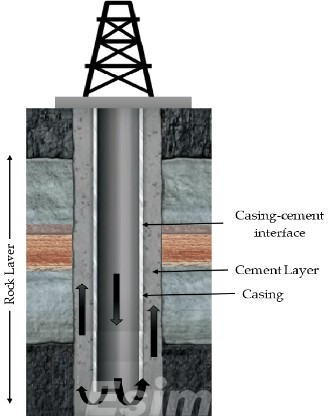
Commonly Used Conventional Well Cementing Techniques
This chart outlines key well cementing techniques commonly used in the industry, along with their respective benefits and challenges.
| Technique | Description | Advantages | Limitations |
| Primary Cementing | Involves placing cement between the casing and the wellbore. | Provides basic structural support and zonal isolation. | Limited to initial well cementing, may not address all issues. |
| Squeeze Cementing | Forces cement into specific problem areas, such as leaks or gaps. | Used for remedial purposes to seal leaks or improve bonding. | Requires careful pressure control, can be time-consuming. |
| Plug Cementing | Involves placing a cement plug to abandon a well or isolate zones. | Effective for well abandonment and zonal isolation. | Plug positioning can be challenging, particularly in deep wells. |
| Stage Cementing | Involves cementing in multiple stages to manage high pressure or complex well geometries. | Reduces the risk of formation damage in high-pressure zones. | Requires specialized equipment and precise execution. |
| Liner Cementing | Cementing only part of the casing, typically in deeper sections of the well. | Helps in cementing specific sections without cementing the entire well. | More complex than full casing cementing, additional tools needed. |
| Balanced Plug Method | Uses balanced fluid pressures to place a cement plug accurately within the well. | Ideal for placing cement plugs in open-hole or cased-hole sections. | Requires careful monitoring of fluid levels and pressures. |
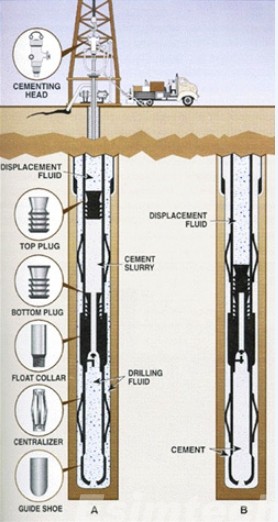
Key Innovations in Well Cementing Techniques
Innovations in well cementing are continually advancing to address the challenges of traditional cementing techniques and ensure environmental safety as well as long-term performance.
Nano-Engineered Cement
Nano-engineered cement is one of the cutting-edge advancements in well cementing technology. By incorporating nanomaterials into traditional cement slurries, the mechanical properties of the cement are significantly improved.
- Increased Strength and Flexibility: Nano-engineered cement exhibits higher compressive strength and elasticity, helping it withstand extreme temperatures and pressures found in deep wells.
- Improved Permeability Control: Nanoparticles fill microscopic pores in the cement, making it more impermeable and better suited for isolating zones within the well.
Self-Healing Cement
Self-healing cement is designed to address the long-term integrity of well structures by repairing minor cracks and microannuli that may develop over time.
- Automatic Crack Repair: The cement contains reactive materials that expand upon contact with water or hydrocarbons, filling cracks and restoring the seal.
- Enhanced Longevity: This innovation ensures long-term well integrity, reducing the need for costly remedial cementing operations.
Real-Time Monitoring and Control
Real-time monitoring has revolutionized the way well cementing is conducted. By using downhole sensors and advanced software, operators can monitor the cementing process as it happens and make necessary adjustments in real time.
- Downhole Pressure Sensors: These sensors provide real-time data on cement slurry pressure and displacement, helping ensure the cement is placed optimally within the well.
- Cement Evaluation Logs: Tools like cement bond logs (CBLs) and ultrasonic imaging logs (USITs) are used post-placement to assess the quality of the cement bond and identify any potential voids or weak spots.
Foamed Cementing
Foamed cementing introduces gas (usually nitrogen) into the cement slurry to create a lightweight, flexible cement, ideal for wells with low fracture gradients or challenging geological formations.
- Pressure Adaptation: The foam structure reduces the density of the cement, allowing it to be used in fragile formations without causing fractures.
- Enhanced Zonal Isolation: Foamed cement expands more easily to fill irregular wellbore shapes, providing better zonal isolation.
Expandable Casings and Cementing
Expandable casing technology has introduced a new dimension to cementing, particularly in difficult well environments.
- Optimized Cement Bonding: Expandable casings provide a tighter fit within the wellbore, allowing for more efficient cement bonding and reduced risk of gas migration or fluid leaks.
- Reduced Wellbore Stress: This technique also minimizes the stress exerted on the wellbore, ensuring that the cement maintains a uniform seal over time.
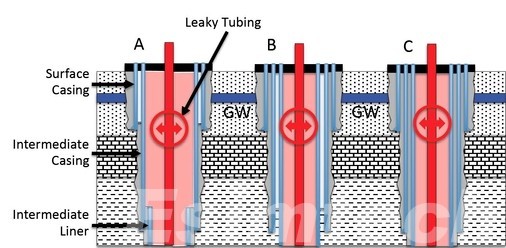
Managed Pressure Cementing (MPC)
Managed Pressure Cementing (MPC) is a technique used to precisely control wellbore pressure during the cementing process, which is especially useful in narrow-margin drilling environments.
- Improved Safety: MPC reduces the risk of blowouts or lost circulation by keeping the wellbore pressure within a safe range throughout the cementing operation.
- Consistent Cement Placement: By maintaining wellbore pressure, Managed Pressure Cementing helps prevent fluid influxes and ensures a more uniform cement placement.
Sustainable Cementing Practices
Environmental concerns are driving the adoption of more sustainable well cementing practices. Innovative approaches to reduce the environmental impact of cementing include:
- Low-Carbon Cement Formulations: Blends containing alternative materials like fly ash or slag are used to reduce the carbon footprint of cement production.
- Recycling of Cement Returns: Some operations recycle unused or returned cement slurry, minimizing waste and reducing the need for additional cement production.
3D Cement Placement Simulation
Using advanced oil and gas simulation tools, 3D modeling of the wellbore environment allows operators to visualize and optimize cement placement before actual operations begin.
- Enhanced Precision: These simulations take into account wellbore geometry, temperature, and pressure to ensure the cement is evenly placed.
- Prevention of Channeling: By anticipating flow paths and potential voids, simulations help prevent issues like cement channeling and ensure better zonal isolation.
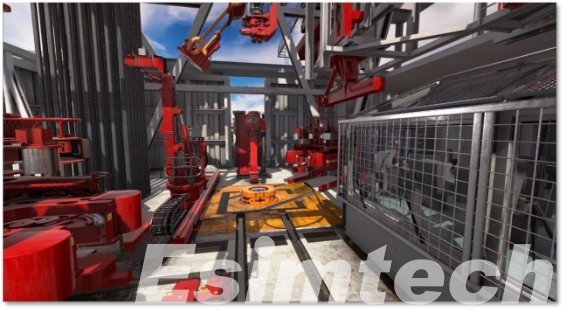
In summary, from nano-engineered and self-healing cement to real-time monitoring systems and managed pressure cementing, advancements in well cementing are paving the way for safer, more efficient, and more sustainable well construction. As wells become deeper and more complex, the adoption of these cutting-edge techniques will be essential to maintaining operational success in the oil and gas industry.
